Use the right products to get the right results
Delmic CL solutions offer a range of powerful and user-friendly cathodoluminescence detectors, which can help you to study phosphors.
Don’t know which product is for you?
Talk to our expert.png)
.png)
.png)
.png)
Phosphors are employed in many different fields of science and technology including lighting, displays, scintillator materials, and in life science as bright nanoscale labels. Many phosphors are based on rare-earth (REE) doped crystals, where lanthanide ions act as efficient emitters within a surrounding dielectric host matrix. Cathodoluminescence (CL) imaging presents a powerful technique to quantitatively characterize the light output of single-crystal, poly-crystalline, (micro)powder, and nanoparticle phosphor materials.
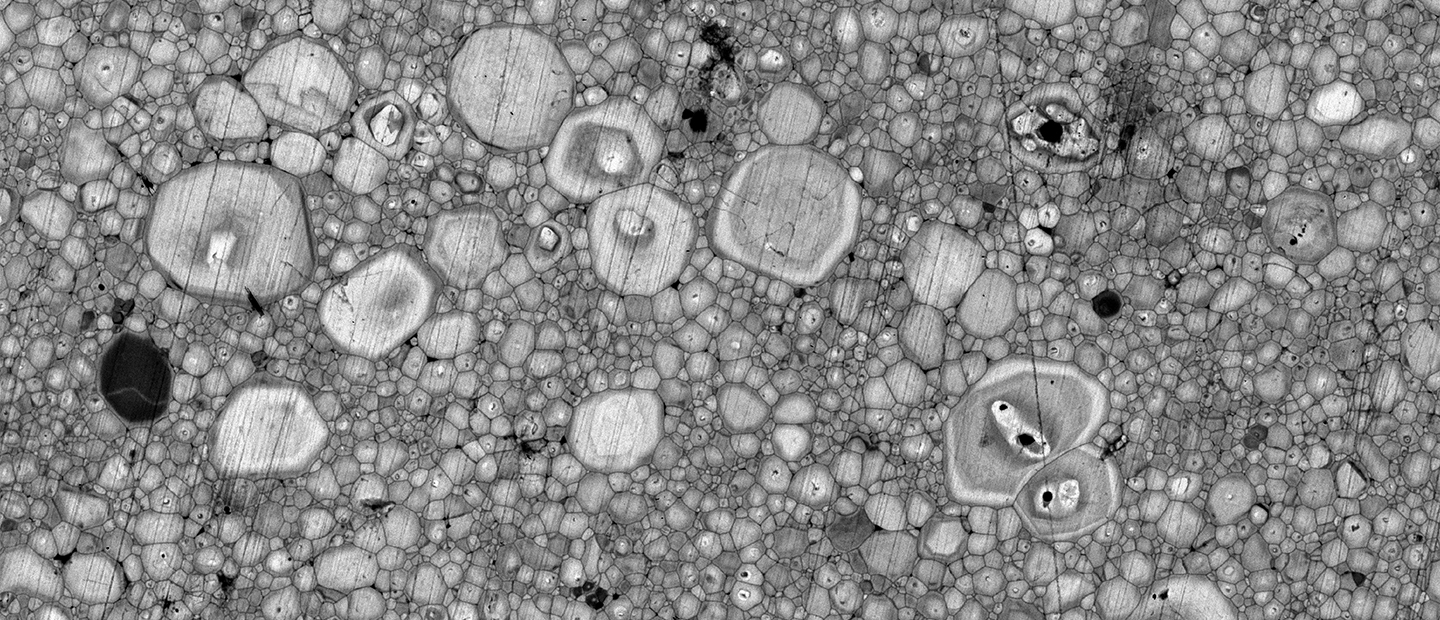
The energetic electron beam can directly excite the wide bandgaps of the phosphor host materials after which the excitation is transferred to the lanthanide ions which convert it into radiation. This process is very efficient and can be localized to volumes well below the diffraction limit, allowing nanoscale investigation of the phosphor properties. For example, YAG:Ce3+ phosphors can be characterized which are used abundantly in LED/display systems and scintillators due to their high efficiency, broad spectrum, relatively short excitation lifetime, and high stability. With CL, the spectral content, absolute intensity, and homogeneity of the light emission can be efficiently characterized.
Furthermore, small REE-doped nanoparticles can be imaged directly with CL which has great potential for direct correlative cathodoluminescence electron microscopy (CCLEM) in life science, where the particles can potentially be used to label specific areas in cells, for example.
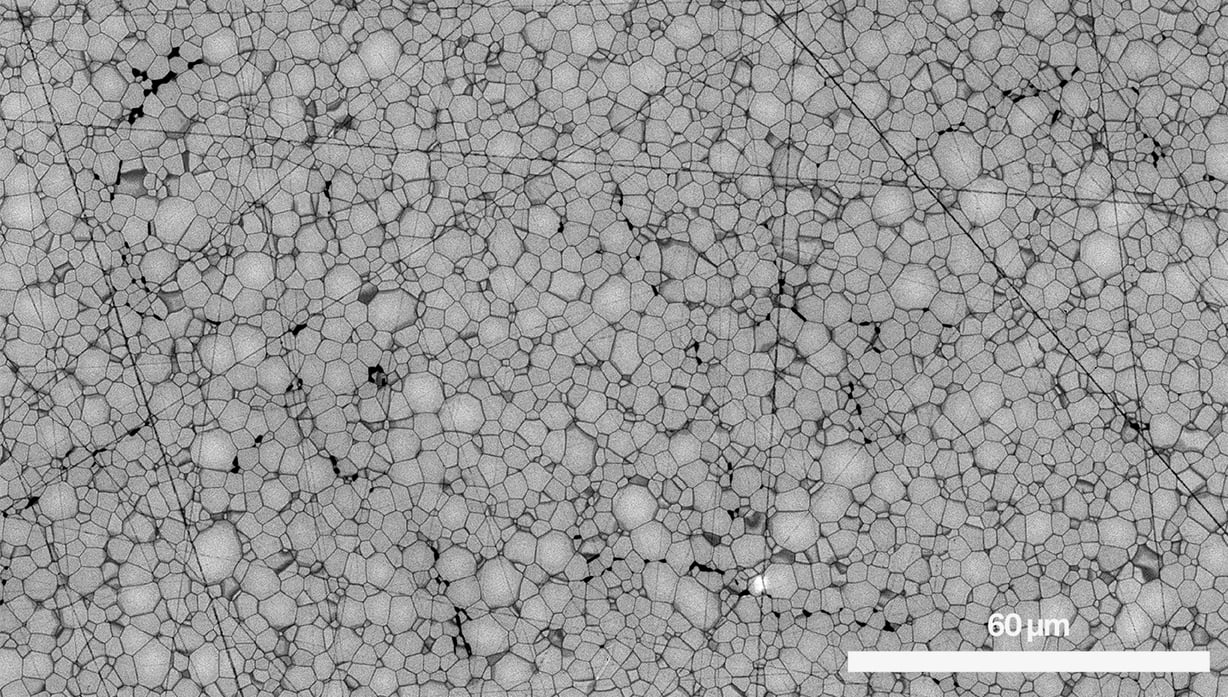
Sample courtesy of Phenom China
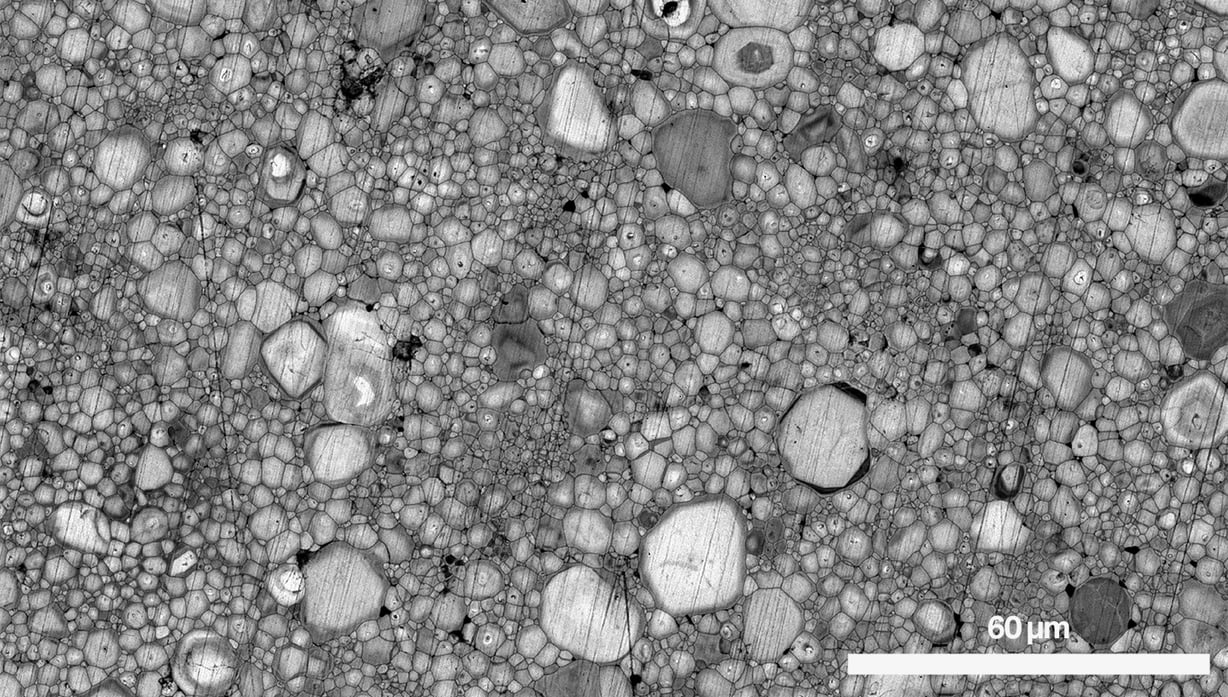
Sample courtesy of Phenom China
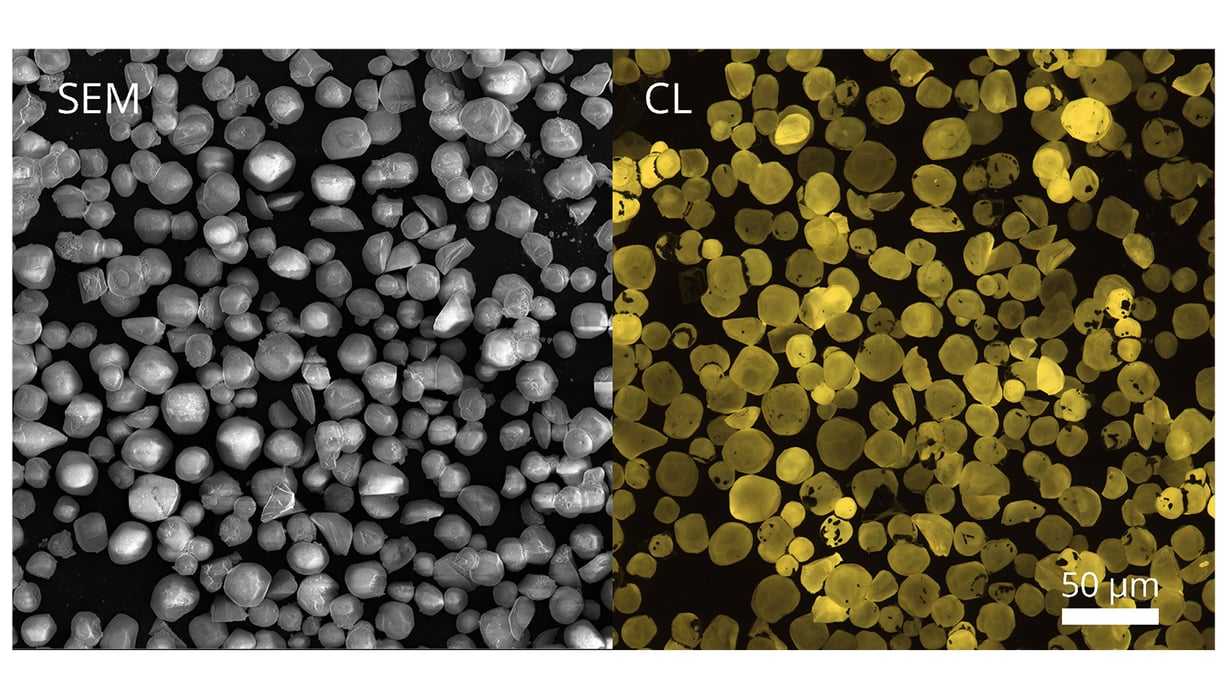
Sample courtesy of Prof. Xia
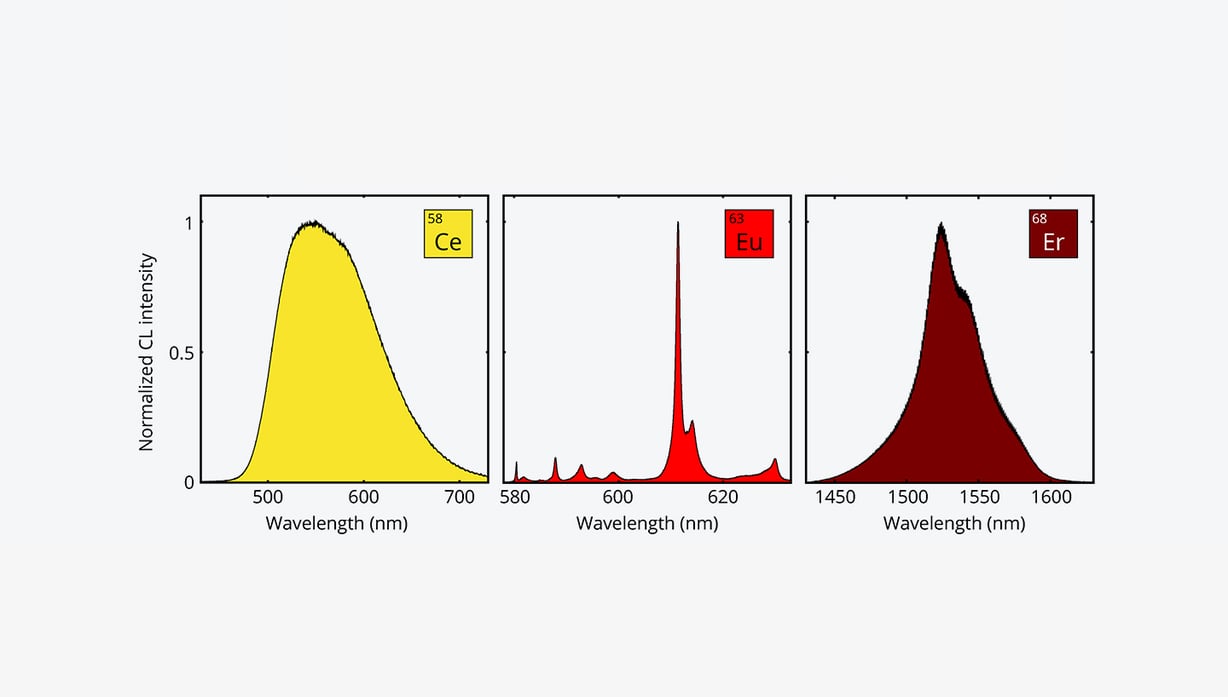
Europium sample courtesy of Dr. Jens Adam (Leibnitz-Institut für Neue Materialien)
Jens Adam et al. "Light Emission Intensities of Luminescent Y2O3:Eu and Gd2O3:Eu Particles of Various Sizes", Nanomaterials 7, 26 (2017)
Delmic CL solutions offer a range of powerful and user-friendly cathodoluminescence detectors, which can help you to study phosphors.
Don’t know which product is for you?
Talk to our expert